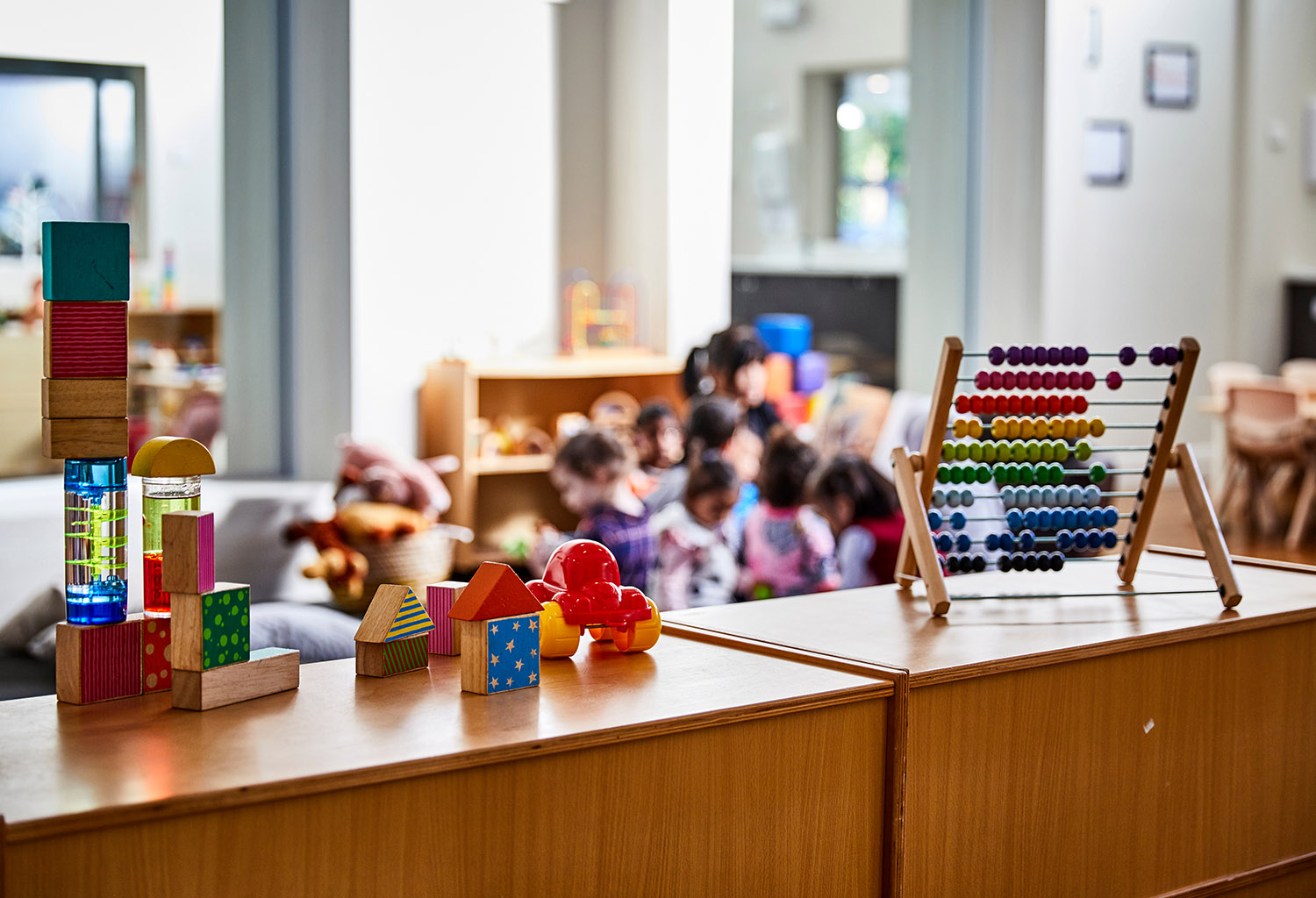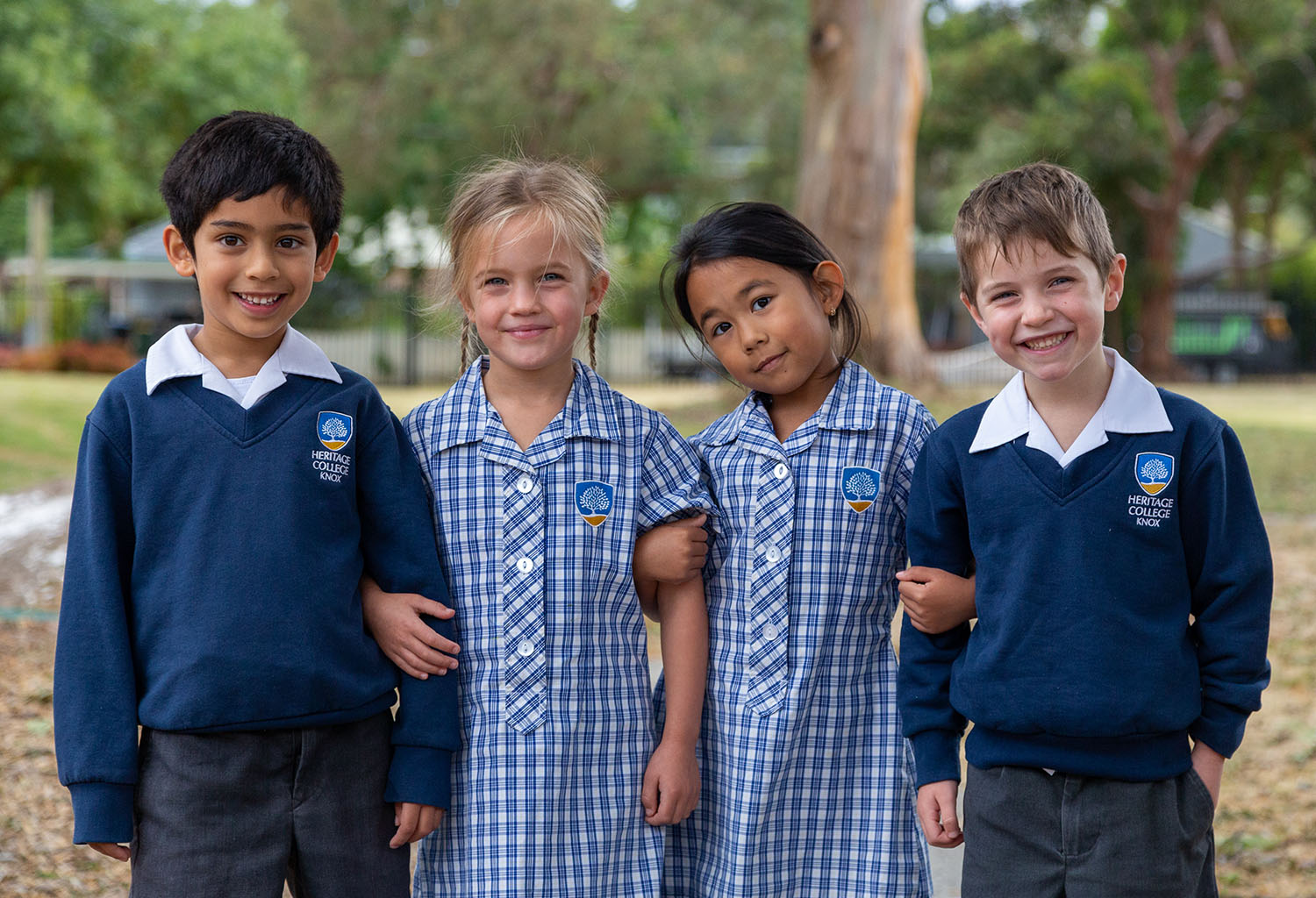The learning tax must go

4 min read
The imposition of payroll tax on non-government schools doesn’t add up. It should be scrapped.
Since payroll tax was first adopted in Victoria over 50 years ago, non-government schools have been exempt. That’s because Independent schools are not-for-profit organisations that provide an essential service: a sound education that allows families to choose a school that matches their values and their aspirations for their children.
The Victorian Government’s decision to impose payroll tax on these schools is unprecedented. No other state does it. It will apply to schools the government arbitrarily declares as ‘high fee’, using a formula that only the government knows. The Education Minister will have extraordinary powers to pick and choose which schools will pay and which won’t.
The government says the tax will bring the non-government sector into line with government schools, which it says already pay the tax. Yet these schools are fully funded by the government, as is proper. This funding includes provision for payroll tax. It’s a nominal tax – no money changes hands.
The payroll tax – a tax on learning – was sprung on non-government schools and their families in the government’s May budget. There was no inkling, let alone consultation, before it was announced.
Had the government consulted, and understood how these schools actually work, it might have reconsidered. It might have seen the unintended consequences. It might have avoided inflicting anxiety and confusion on widely diverse school communities, attended by students from a wide range of backgrounds and whose parents now fear they are being used as a source of government revenue.
The Premier has already conceded that the tax will apply to fewer than the 110 schools originally targeted, that the fee threshold for imposing it will be raised, and that it will bring in less revenue than the budget estimated.
“Independent schools are the fastest growing school sector in Victoria. The strongest growth is among schools serving the needs of aspirational families, many of them migrants, in suburban growth areas who sacrifice their after-tax income to educate their children in a school that best matches their needs. If they’re not caught in this tax trap now, it’s highly likely they will be in the future.”
The threshold guessing game
We still don’t know what the threshold will be. It’s a guessing game. Unless the government is determined to inflict an unreasonable burden on tens of thousands of Victorian families, it will have to substantially review how this tax is assessed and which schools will be affected. Modelling by Independent Schools Victoria suggests the government’s ultimate tax take isn’t worth the effort.
There’s an assumption in the government’s explanation for this measure – that Independent schools in particular are the preserve of an elite that has benefited from a ‘sweetheart deal’. This is tired stereotype tied to a myth – there never was a ‘deal’.
Independent schools are the fastest growing school sector in Victoria. The strongest growth is among schools serving the needs of aspirational families, many of them migrants, in suburban growth areas who sacrifice their after-tax income to educate their children in a school that best matches their needs. If they’re not caught in this tax trap now, it’s highly likely they will be in the future.
There’s also an assumption in government statements that all ‘high fee’ schools, however defined, have the capacity to absorb the tax without raising fees or cutting education services. This is a false assumption.
Diversity in independence
Independent schools reflect the cultural and social diversity of our society. Some are faith-based, following Christian, Islamic, Jewish and other beliefs. Some are non-denominational. Some enrol students with special needs.
These schools are required to plan ahead. The government’s own school regulator requires them to ensure they are financially viable, with long-term operational and business plans. That planning is now clouded by unnecessary and unexpected financial uncertainty.
All of this comes at a time of increasing cost-of-living and mortgage stress. A 2022 financial industry survey found three in four parents face serious challenges in paying for their children’s education, and go without other things, such as family holidays, to do so. Some go into debt. They do all this because they put a premium on their children’s education. In the process they take pressure off government schools.
In this environment, the state government wants to impose an unjustified tax on learning. Some schools with large staff numbers and high payrolls will also have to pay COVID-19 debt and mental health levies, as well as higher than expected WorkCover premium increases. Most affected schools will be forced to raise fees, cut teaching and extra-curricular programs, reduce scholarships, or all of them. That’s the reality. Surely it’s not the government’s intention.
This tax was cobbled together so secretly and hastily that the government not only didn’t consult schools. It also appears not have asked relevant departmental officials how it would work. It’s clear it failed to anticipate a cascade of unintended consequences – not least of which was an outpouring of concern from alarmed parents who’ve contacted Members of Parliament.
Minor concessions already made by the Premier suggest the government knows it got this wrong. Upping the threshold won’t solve the government’s broader budget problems, because the tax won’t raise near enough revenue to justify itself. The least the government can do is fundamentally rethink. The best it can do for aspirational Victorians is drop this punitive tax altogether.
Michelle Green was Chief Executive of Independent Schools Victoria from 2002–2023.
*An edited extract from this blog was published in the Herald Sun.



